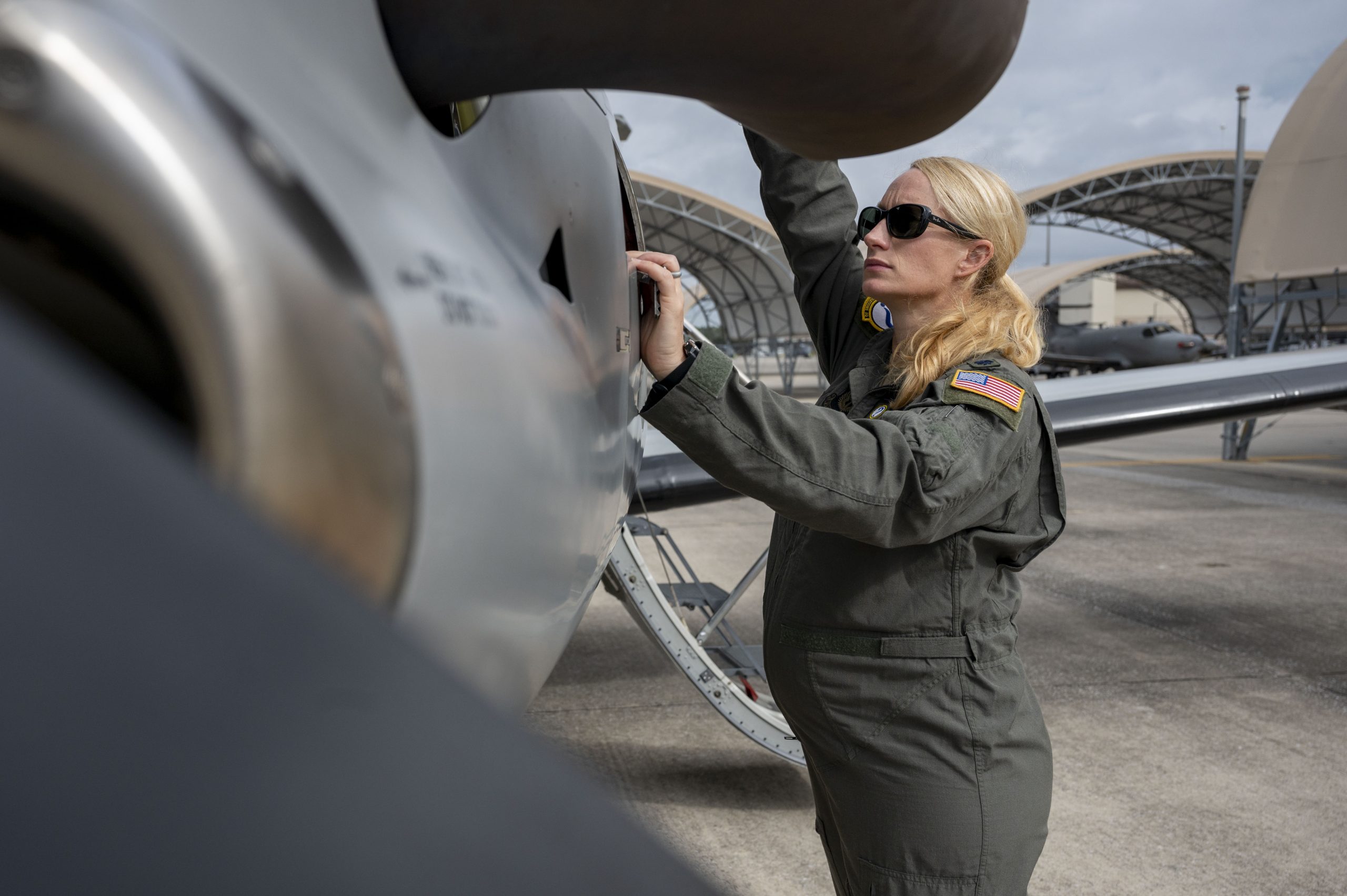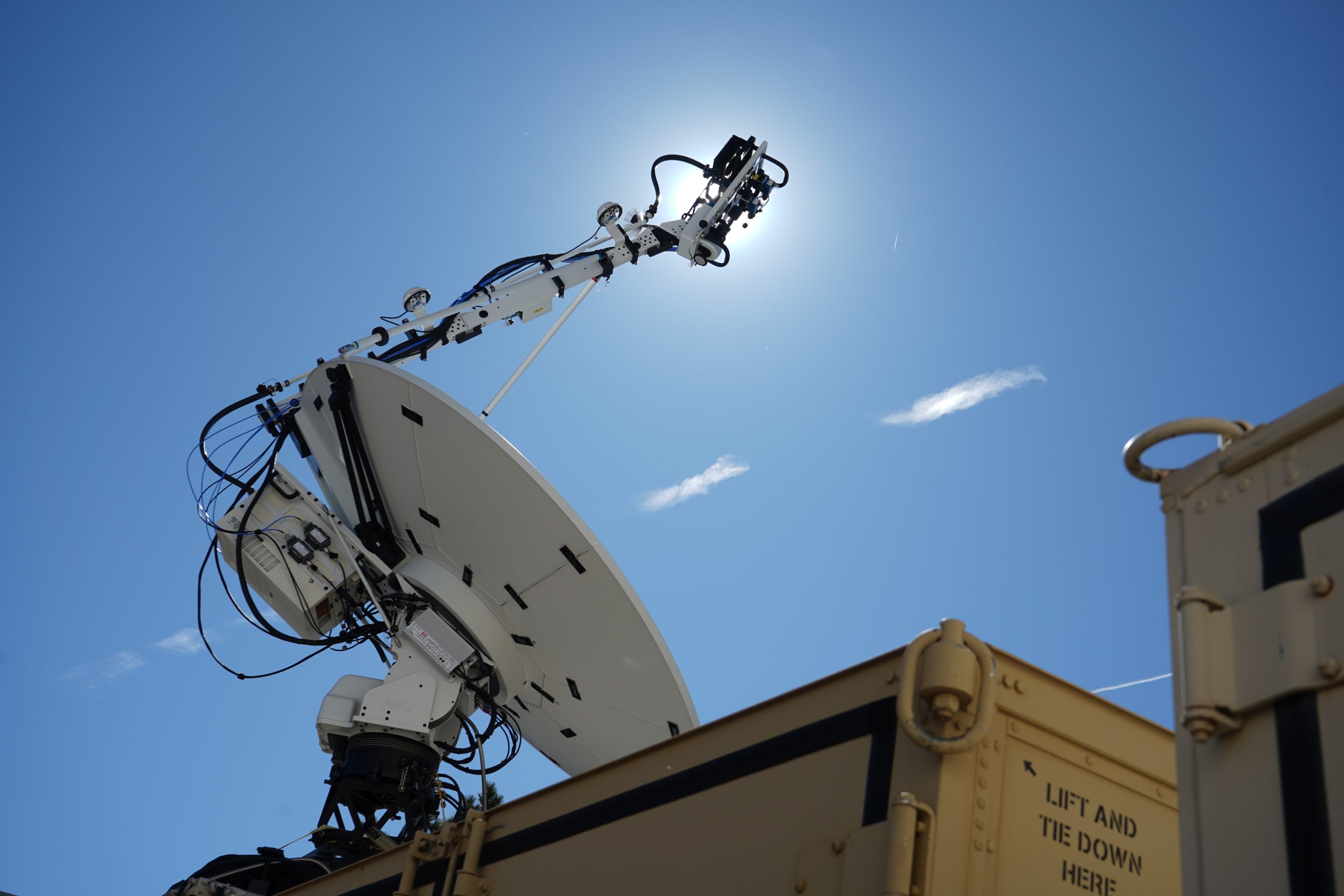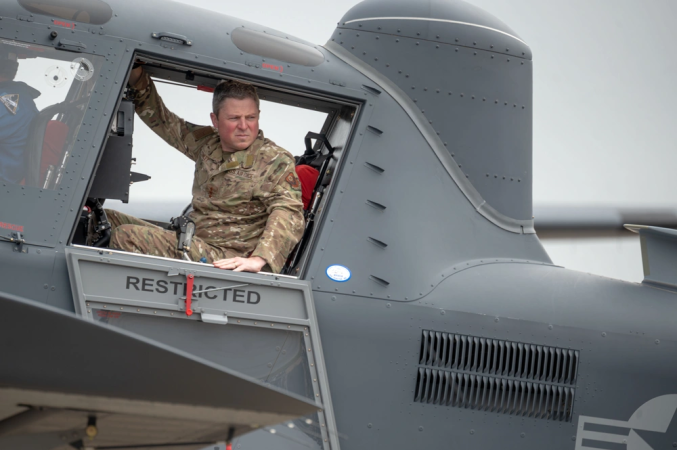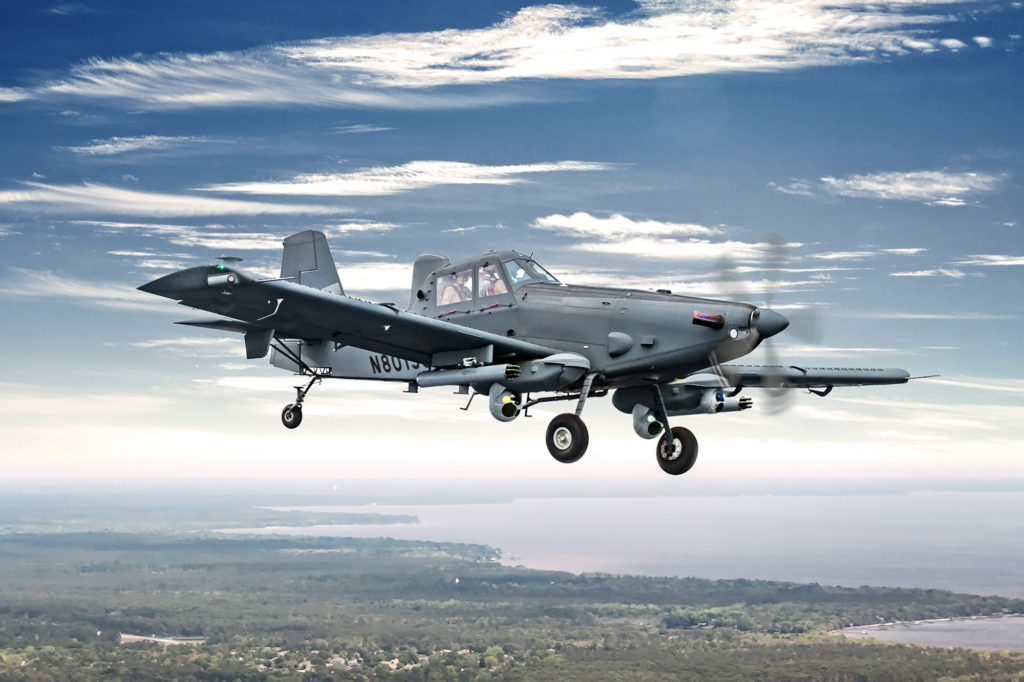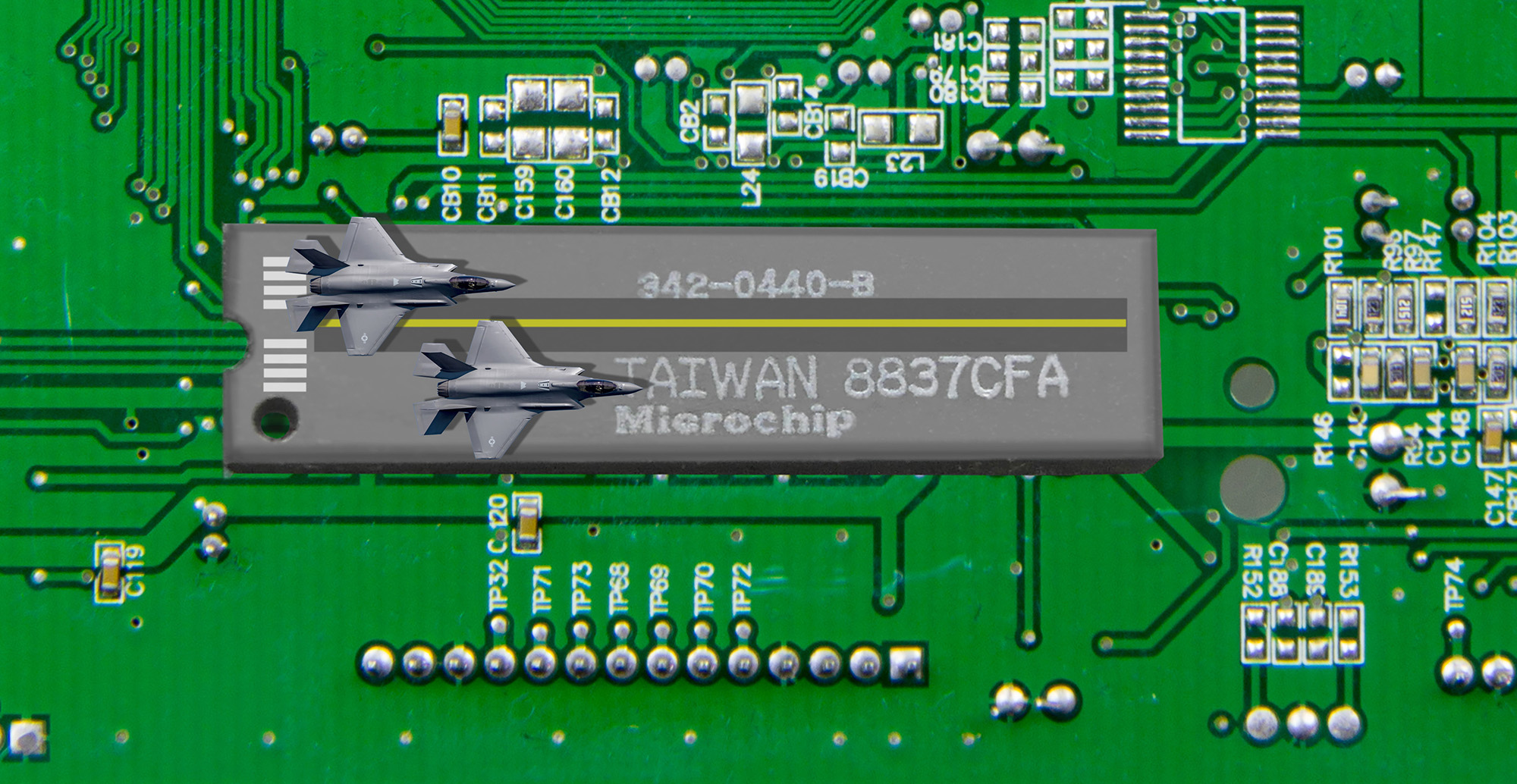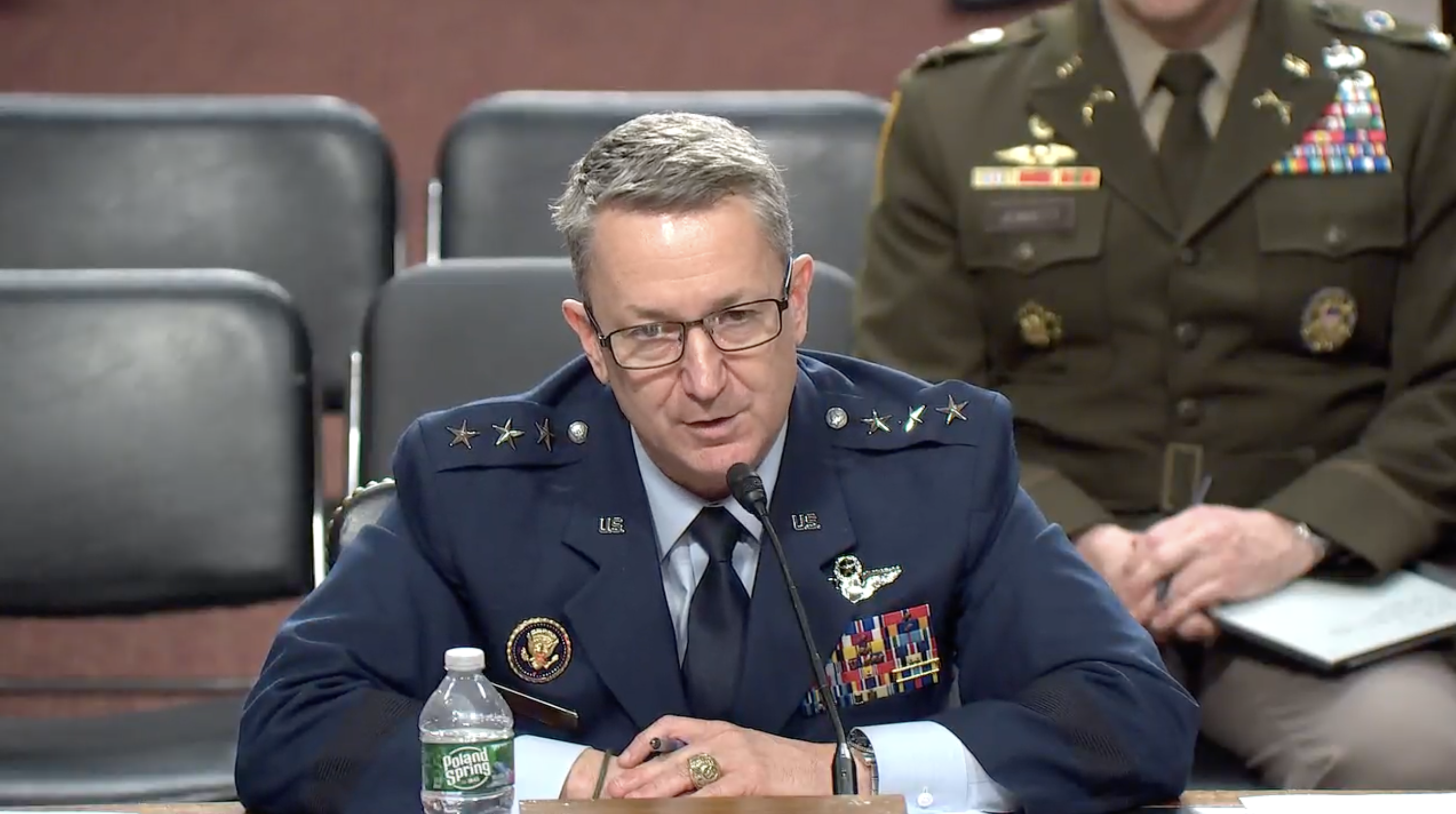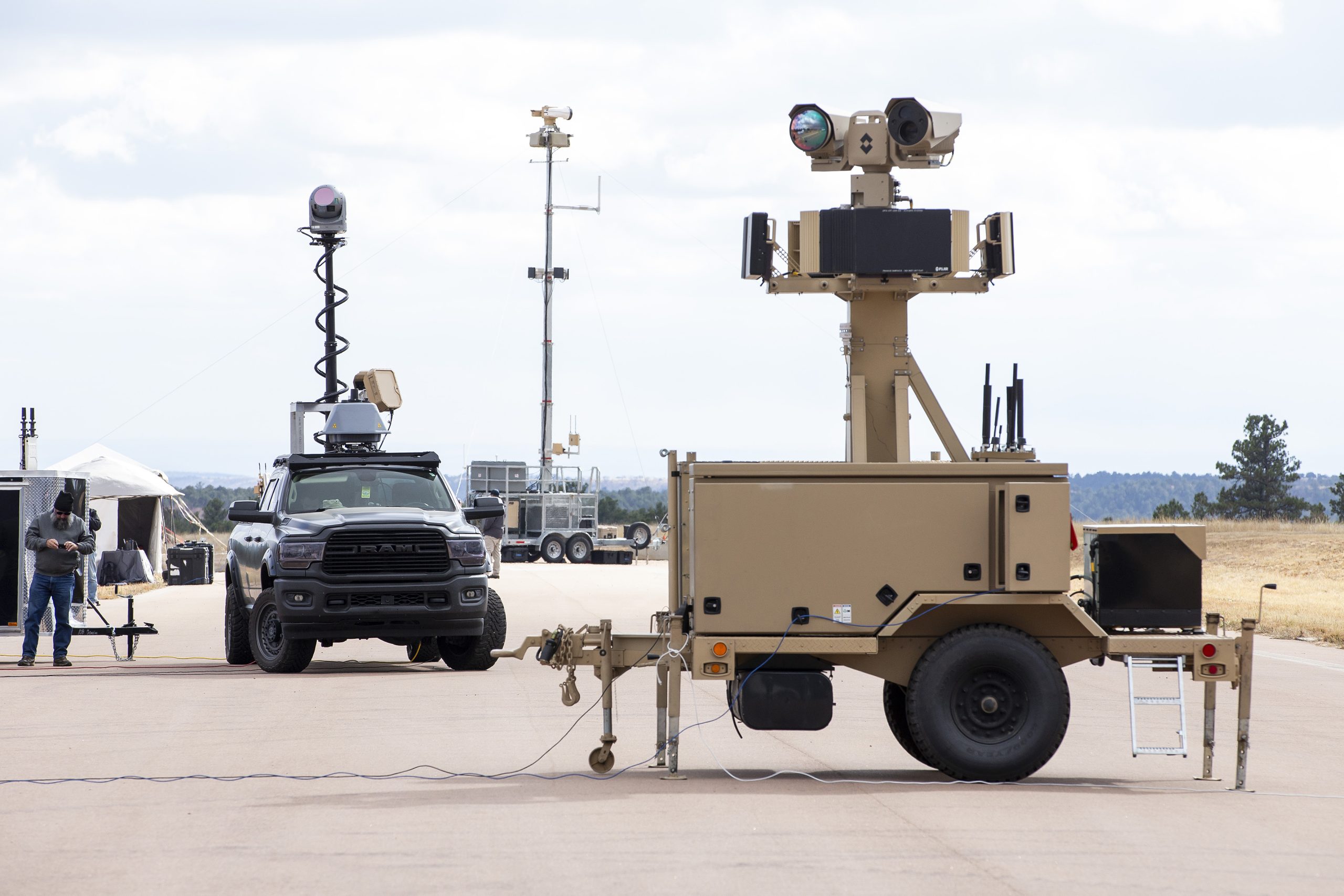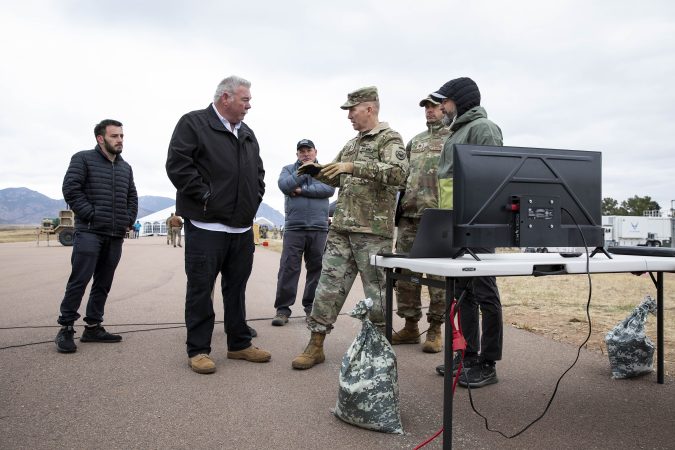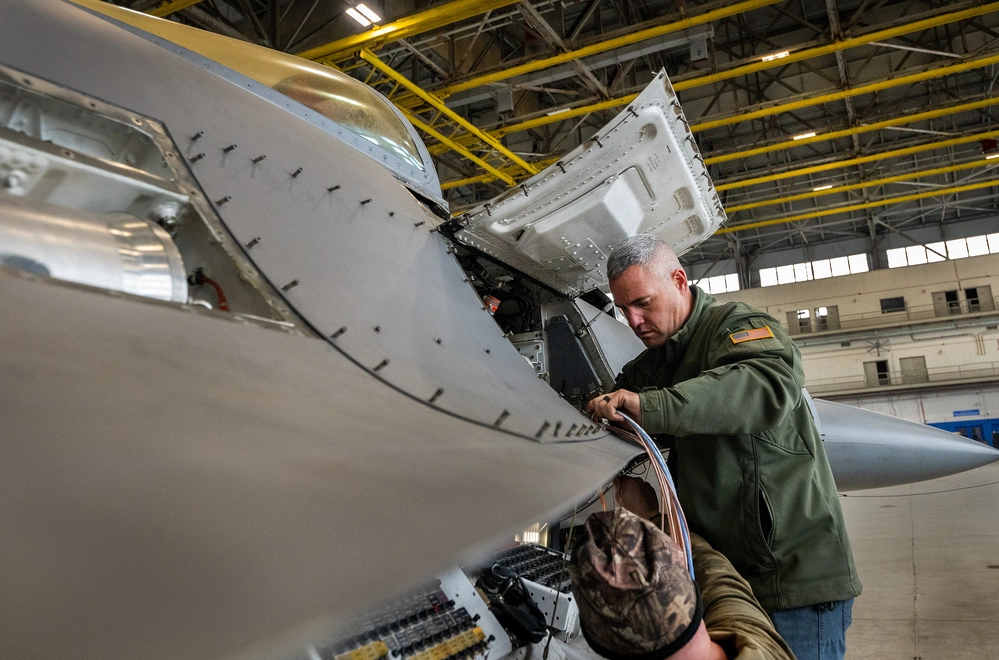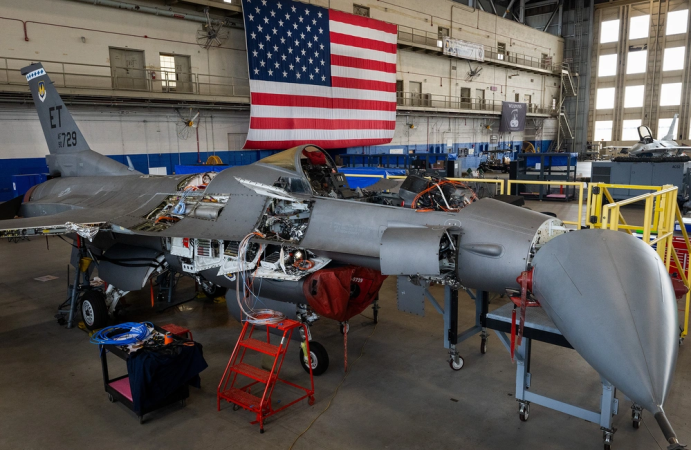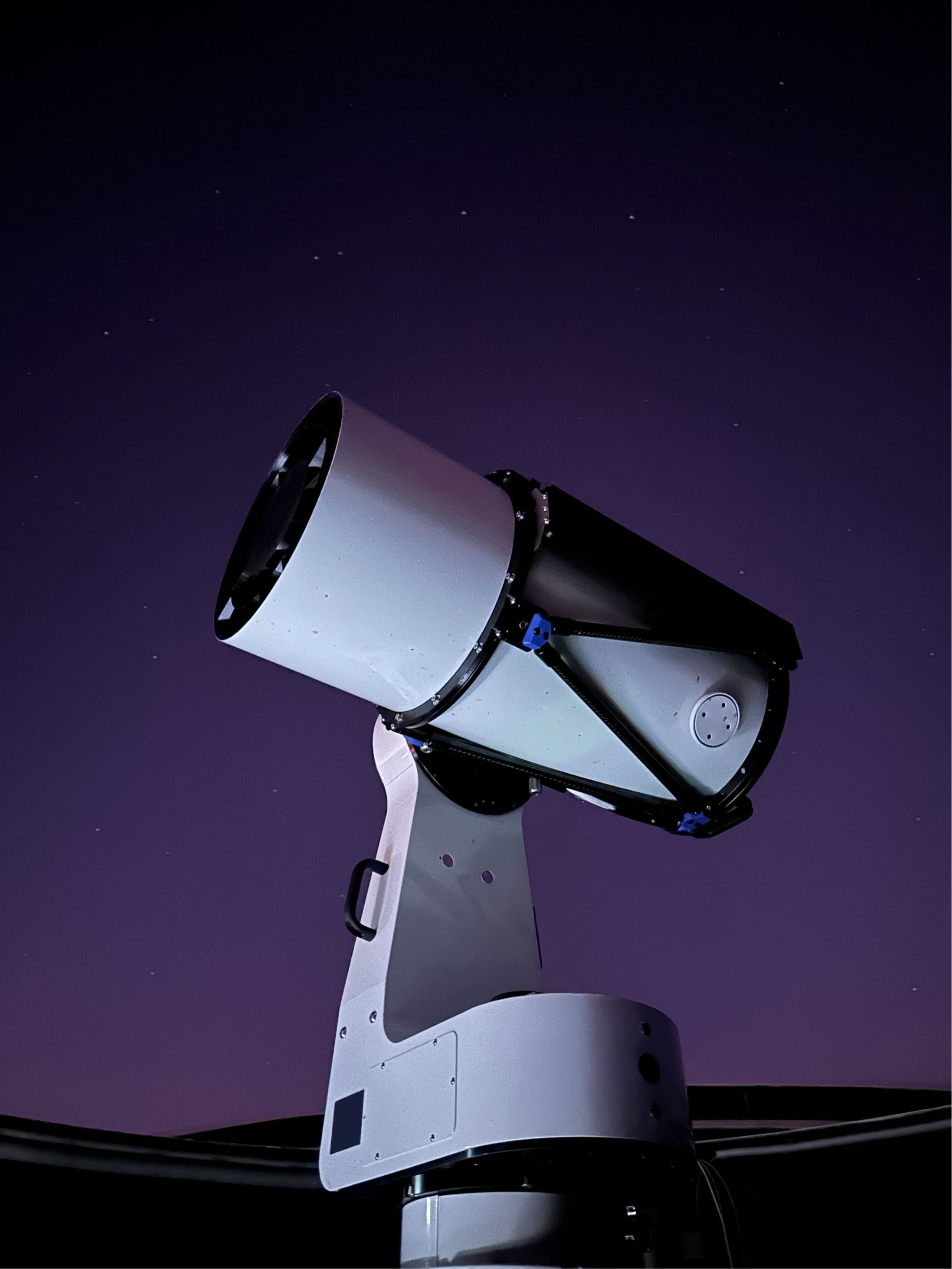The Air Force is changing its policy for pregnant aircrew, generally reverting to rules set in 2019 that barred female aviators from flying during the first trimester—or from flying in aircraft with ejection seats at all—due to potential risks to the pilot and her unborn fetus.
The changes come in response to commanders and medical experts concerned about “accepting unknown risk as well as potential damage or loss of multi-million-dollar aircraft if something unexpected where to tragically occur,” a spokesperson for Chief of Staff Gen. David W. Allvin told Air & Space Forces Magazine.
But advocates in favor of a more lenient policy put in place in 2022 charge that the revision is based not on data but on personal feelings toward pregnancy.
Changing Policy Objectives
In 2019, the Air Force eased its policies for some pregnant aircrew, but retained restrictions for most aviators once they had a confirmed positive pregnancy test. At that point, pregnant fliers were grounded until 12 weeks, and fighter and bomber pilots remained grounded for the entire pregnancy because of concerns about the potential impact of G-forces and ejection seats on pregnant women and the unborn.
Aviators in non-ejection seat aircraft with a “normal” pregnancy could be cleared to fly with approval from local commanders, flight surgeons, and obstetrics providers up to 28 weeks, at which point all pregnant aircrew were grounded for the duration of the pregnancy.
In 2022, however, the Biden administration changed the policy again, allowing pregnant aviators to seek a waiver to fly any aircraft during any trimester, and allowing non-ejection seat aircrew to fly with just base-level clearance from 12 to 28 weeks. At no point were pregnant aircrew members ever required to fly.
Now the Air Force is revising the rules again, reinstating the first trimester and aircraft restrictions barring all pregnant aircrew from flight until 12 weeks, and barring pregnant aviators from flying “high performance aircraft or aircraft with ejection seats at any time,” according to an Air Force release. Officials cited the increased risk of miscarriage during the first trimester and the lack of “definitive medical research on G-force impact” as reasons for reverting to earlier policy.
But the new policy also increases the window when aircrew can fly, from 12-28 weeks under the 2022 policy to 12-32 weeks under the new rules. The waiver authority for allowing those members to fly during that period is now at the major command level, however, ensuring a more consistent approach across an entire community. An Air Force spokesperson said this will result in better decisions because major commands will see more cases “in the aggregate.”
What Does the Data Say?
Around 20 percent of pregnancies end in miscarriage—the numbers are lower for women in their 20s—and about 80 percent of miscarriages happen in the first trimester, according to medical data.
A briefing prepared by the Air Force Medical Service produced after the 2019 policy was implemented but before the 2022 change, said it is “unknown if aviation will increase risk of first trimester miscarriage but should be assumed that they will occur at least as frequent as in ground setting.”
Factors like acceleration, strong vibrations, and high Gs encountered in flight or in case of ejection from a high-performance aircraft were all cited as potential risk factors for pregnancy loss in the briefing. But the briefing also noted a lack of medical studies directly measuring the impacts of vibration and acceleration on pregnancy loss. Indeed, civilian researchers have noted that pregnant women are often excluded from most medical studies, leading to a lack of data on pregnancy.
That lack of detailed data is impacting Air Force decisions, advocates for female fliers say. The policy “is being pulled back, not because of science, not because it’s a data-driven decision,” said Lt. Col. Sharon Arana, a former member of Air Combat Command’s now-disbanded Sword Athena team. “It’s being pulled back out of fear.”
Air Force officials could not immediately say if the service has tracked data on the impacts of the 2022 policy on pregnancy outcomes, and the Air Force Surgeon General’s office did not reply to a query. The service release did cite “medical data indicating that there is no significant risk increase between weeks 28-32″ as the reason it expanded that window.
The CSAF’s spokesperson also could not say if an aircrew member’s pregnancy has ever contributed to a mishap resulting in damage or loss of an aircraft. Though cited by the Air Force as a concern among commanders, no recent Accident Investigation Board results released by the Air Force have cited an aviator’s pregnancy. Not all such reports are made public, however. Advocates likewise said they have heard of no such instances.
Advocates argue that, in the absence of clear medical evidence, medical providers are defaulting to over-caution. “The medical community, in my experience, in the Air Force, tends to be very, very risk-averse,” said a former volunteer with the Women’s Initiatives Team, which pushed for the 2022 policy revisions. “So would they ever want to put themselves in a situation where they have cleared somebody to fly and then something bad happens? … Even if that’s not a conscious bias, it’s definitely an unconscious one.”
The former volunteer said she saw that happen in 2022 when presenting their arguments to commanders. “It was, ‘Well, I wouldn’t want my wife to fly pregnant,’ or ‘Well, I wouldn’t be comfortable with my sister or my daughter [flying],'” she recalled. “It was very much personal beliefs and opinions versus, ‘Hey, the data shows this is unsafe for you and your fetus, therefore I’m not comfortable assuming the risk.’”
The Federal Aviation Administration states that for civilian pilots, “pregnancy under normal circumstances is not disqualifying” from any flying.
Air Force officials noted, however, that the new policy is in line with the other military services.
Readiness Concerns
Arguments on both sides of the issue also turn to military readiness. The CSAF’s spokesperson cited “insignificant impacts to readiness” stemming from the 2022 policy change, which did not result in a “significant jump in the number of waivers” helping fill cockpits, he said.
Advocates acknowledge that, among thousands of aviator positions across the Air Force, only a small number of female aircrew experiencing a normal pregnancy want to keep flying combat aircraft or fly at all in the first trimester. Therefore, they reason, the impact on overall Air Force readiness is low. But they also say more flexibility to fly can be crucial to keep an aviator qualified and proficient—key factors in advancing their military careers.
“Ask those female aviators if the effect is minimal to them and their career advancement,” said Arana.
While data is hard to come by, anecdotal evidence is that time away from flying hurts officers’ competitiveness for promotion. That contributes to the frustration among female aviators who pushed for the 2022 policy changes.
“I’ve heard aviators say, it’s very insulting to a woman to assume that she can’t make decisions for herself and for her fetus that are reasonable, and just assuming that she’s going to try to do something reckless. … All of that just further makes female aviators feel like they are not a value-added part of the team. It makes them feel like they are not seen on the same level playing field as their male counterparts.”
The Air Force, for its part, says that pregnant aircrew can maintain their currencies through “simulator training, academic instruction, leadership positions and many other training opportunities and duties.”
